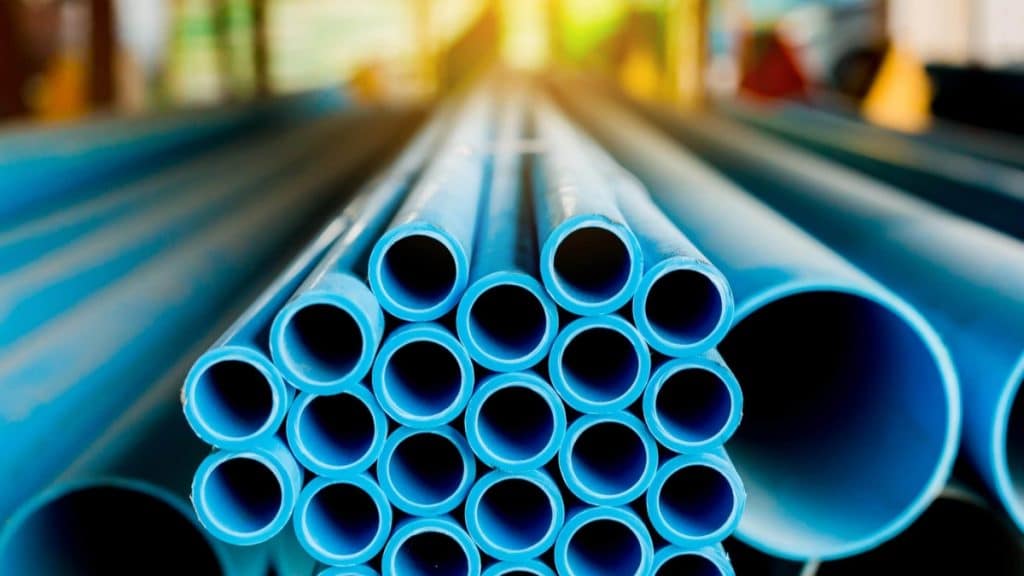You might be surprised to learn that there is a wide variety of materials used to construct plumbing pipes unless you have extensive training as a plumber or a specialist in pipe relining. There is some good news: you might not necessarily need to replace your current pipes if they are causing problems. One less expensive option for repairing broken pipes is pipe relining. It’s more efficient and less disruptive than digging trenches or hiring a recommended plumbing services in Singapore. Here, we’ll take a look at the five most common pipes found around a property’s perimeter before discussing the ideal pipes for your needs.
PVC Plumbing Pipes (Polyvinyl Chloride)
Both residential and commercial buildings use these pipes more frequently than any other type, which is second only in popularity to ABS pipe. Sewerage pipes often make use of these plastic pipes due to the ease of handling the flexible PVC pipes. The standard of your pipes and the kind of plastic pipe you’re using determine the average lifespan of your PVC plumbing pipes. Depending on the pipe’s quality, it can be anything from 40 to 60 years. It is generally possible to repair problems with outdoor plastic piping by relining rather than replacing it entirely.
Pros:
- Larger pieces: PVC pipe is available in various sizes, allowing for a reduced number of joints.
- Chemical resistant: Plastic pipe is non-corrosive and resistant to the majority of chemicals; nevertheless, different types of chemicals have different levels of resistance, therefore it is important to address this with your contractor.
- Easy to adapt: Simple to modify: Plastic pipes are available in a wide range of sizes and can frequently be manufactured to suit your specific requirements.
Galvanized Steel Pipes
Households have made use of galvanized steel for many years. The durability of this material has its advantages and disadvantages. It outlasts PVC, ABS, and PEX, three of the most used pipe materials, thanks to its greater thickness and weight. Since galvanized steel is more easily handled than cast iron, it makes it easier to fabricate and design customized pipes to fit your home’s plan.
Coating galvanized pipes with a metal layer is intended for corrosion before the pipe itself. However, rusting of the steel pipes could start when the protective covering fades. Your galvanized pipes may be about to burst if you find any discoloration or particles in your water and when this happens you should consult https://www.handymansingapore.net/services/.
Pros:
- Improved resistance to corrosion: Galvanized steel pipes are ideal for wet locations where corrosion could be an issue.
- Sturdy material: Cast iron is a dependable material, so if you purchase an older home with galvanized steel pipes, you probably shouldn’t be worried about the material’s durability, even though it isn’t used as frequently as it formerly was.
Copper Pipe:
Copper pipes are an excellent choice for your home’s water lines since they last a long time, don’t contaminate the water supply, and can withstand high water temperatures—despite the expensive initial expense of installing them. Copper pipes come in three different thickness varieties: L, K, and M. When it comes to plumbing, most houses use type M. The corrosion of copper pipes can cause water to take on a greenish or bluish coloration.
Pros:
- Longevity: Copper pipes have a long lifespan, which is one of its main benefits. Corrosion is not an issue for copper.
- Durability: Copper has a reputation for being a sturdy substance and is resistant to corrosion, unlike other materials.
- Recycalable: Copper is a fairly reusable material and can be recycled easily, so it’s a good choice to replace copper pipes if you ever need to.
